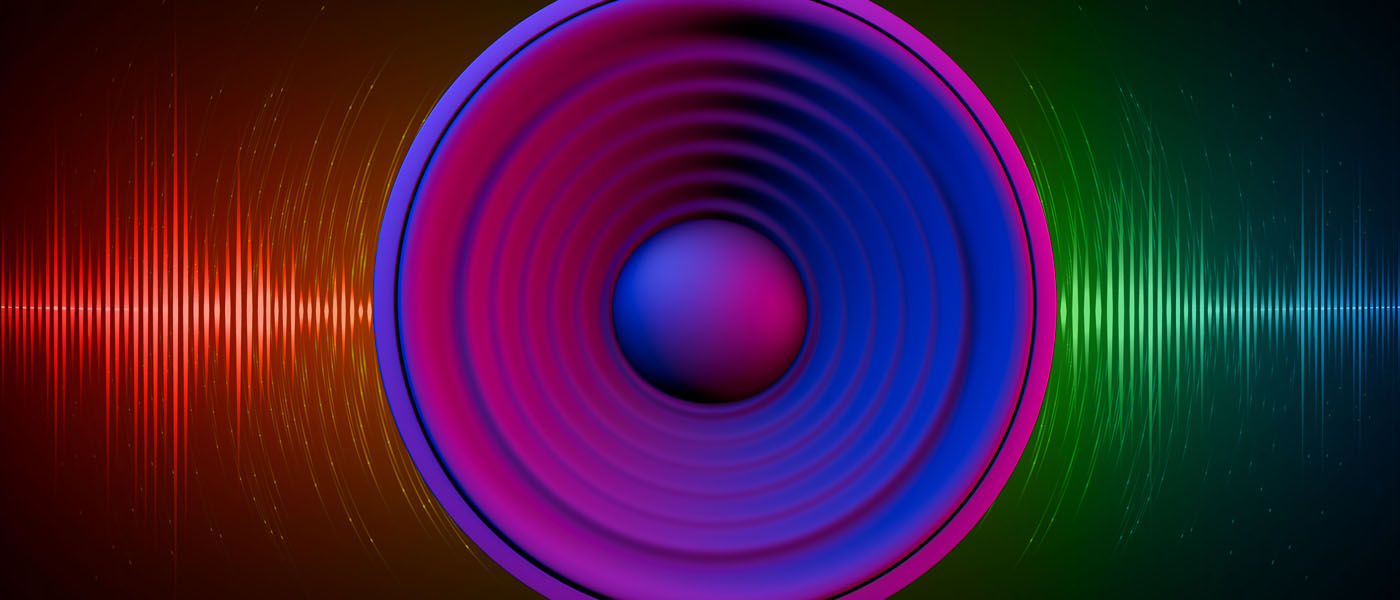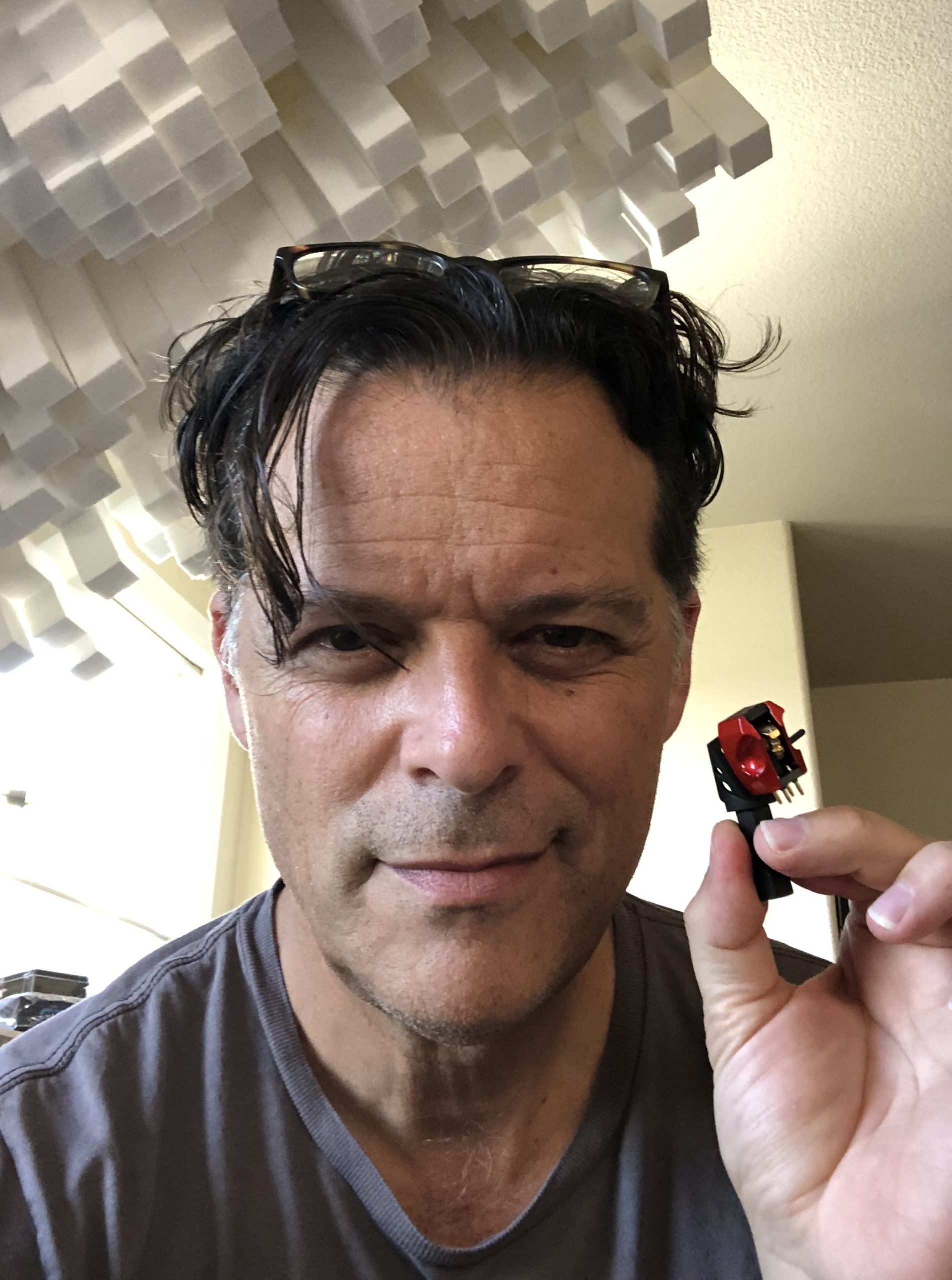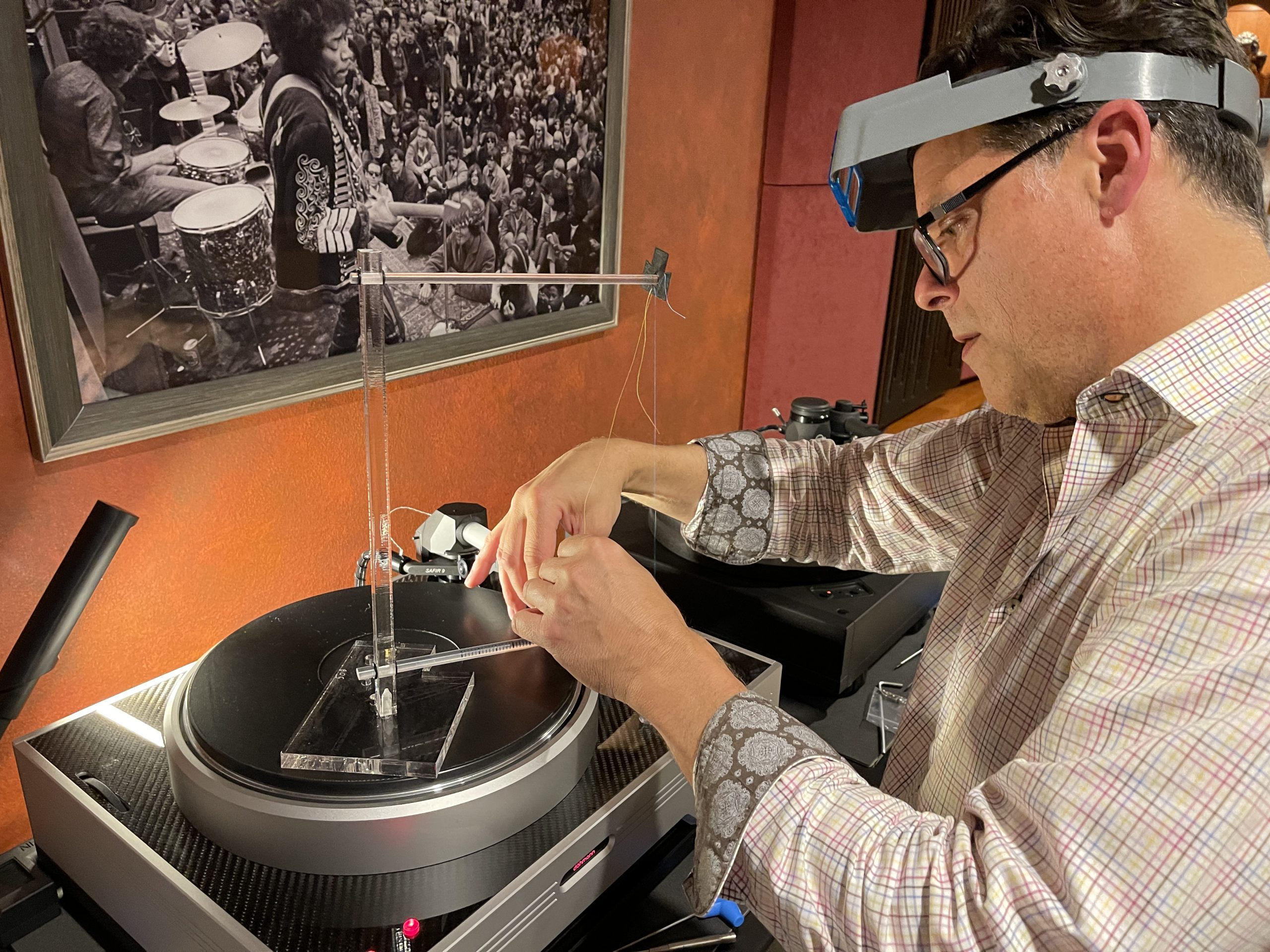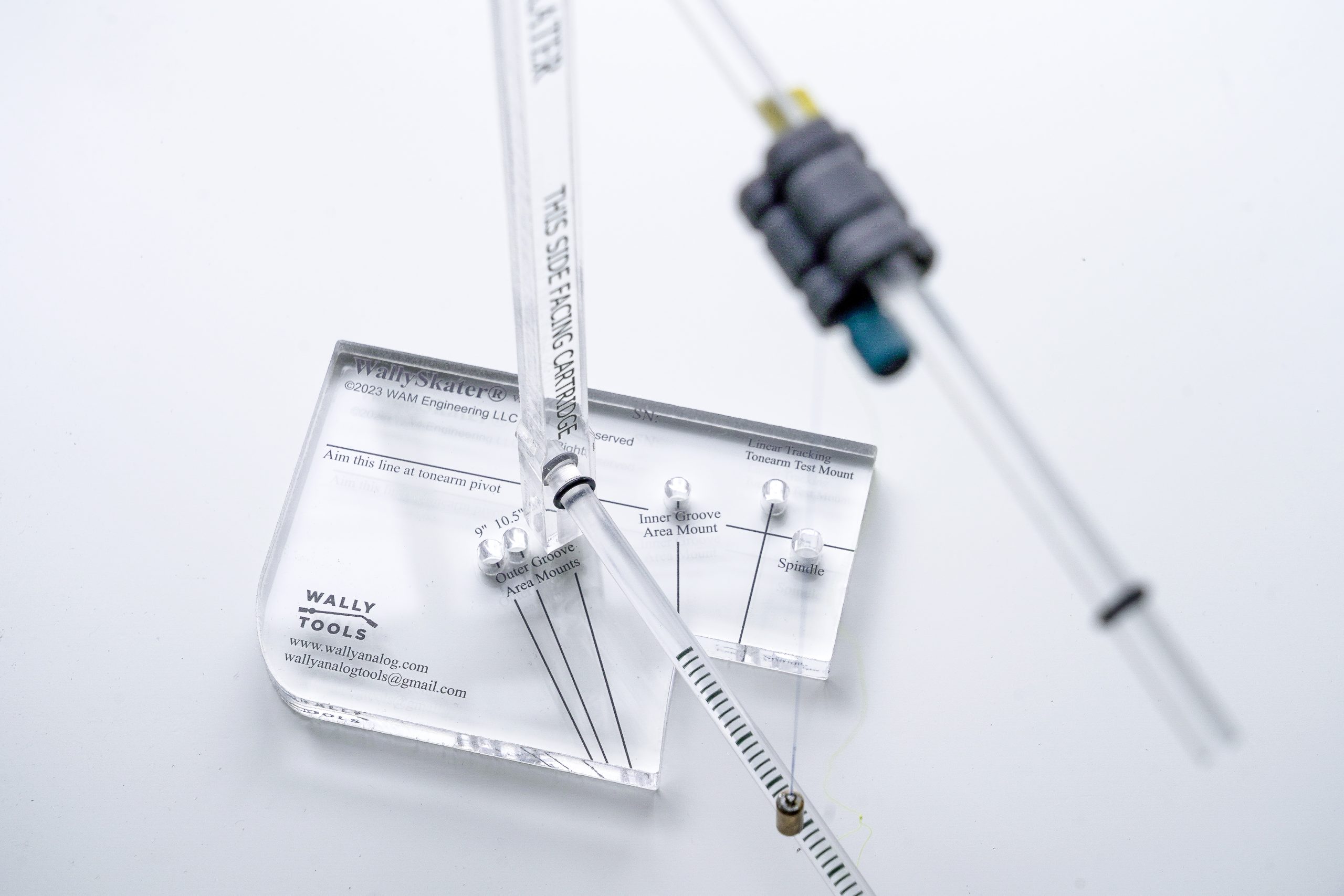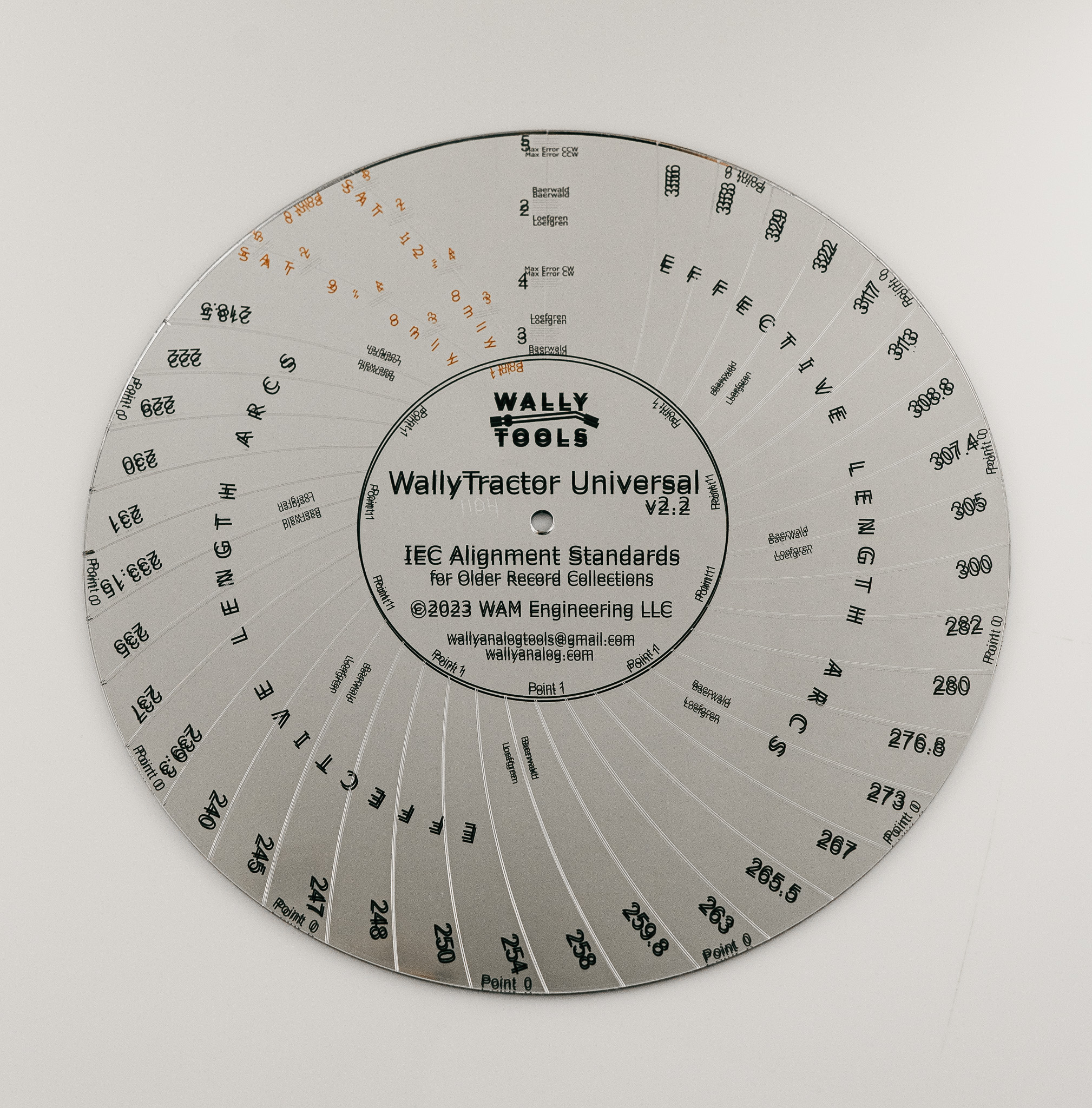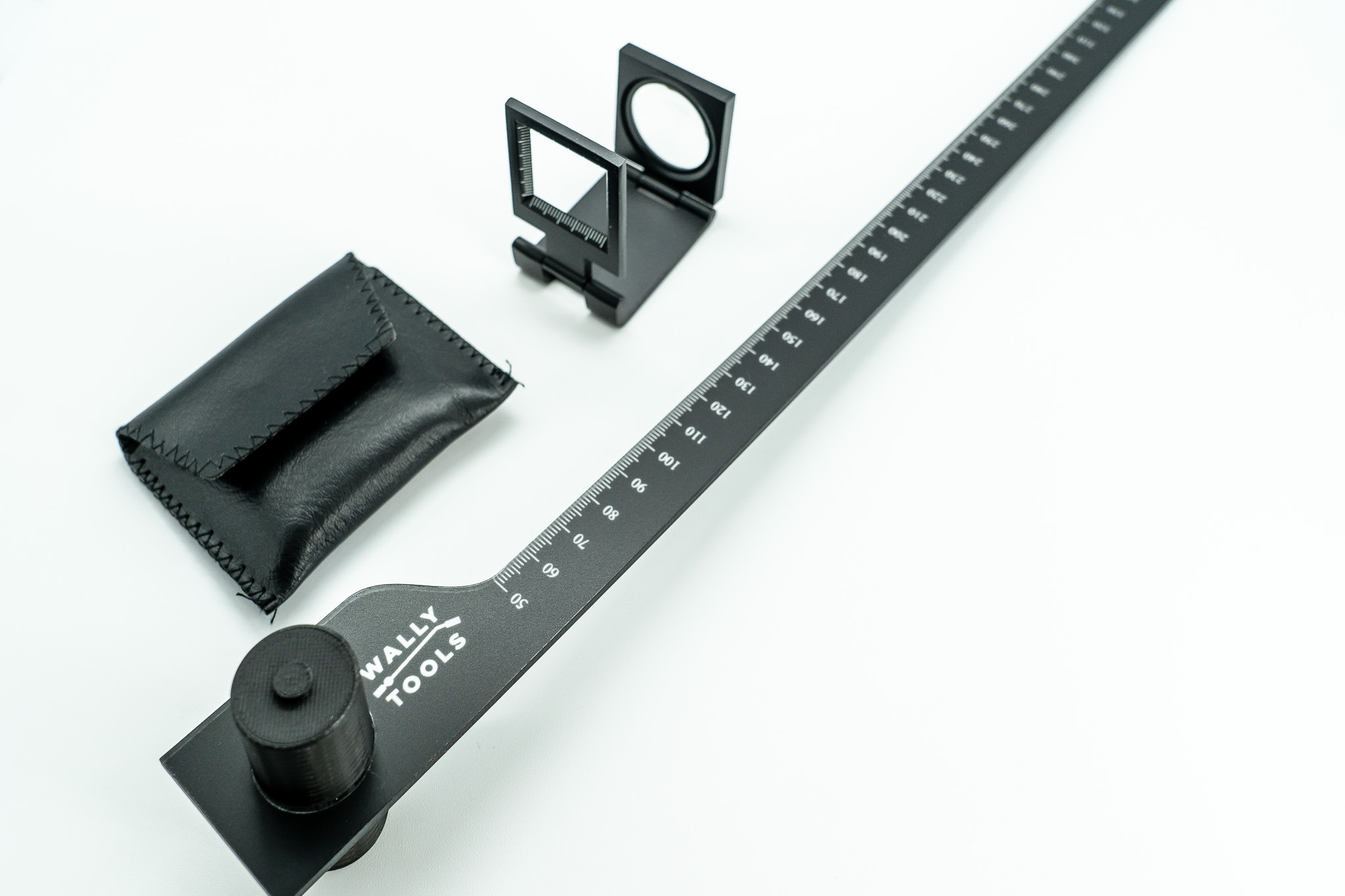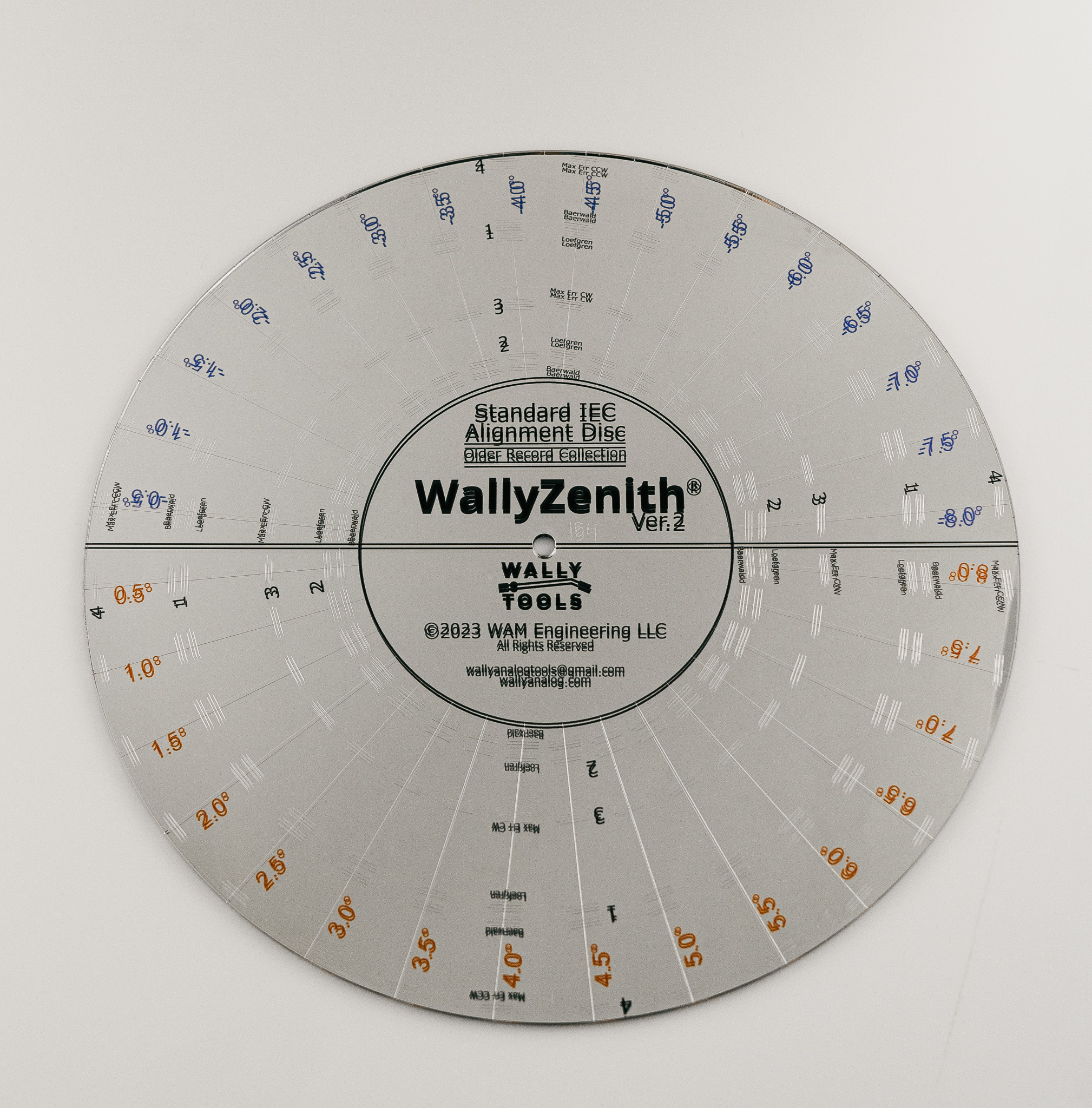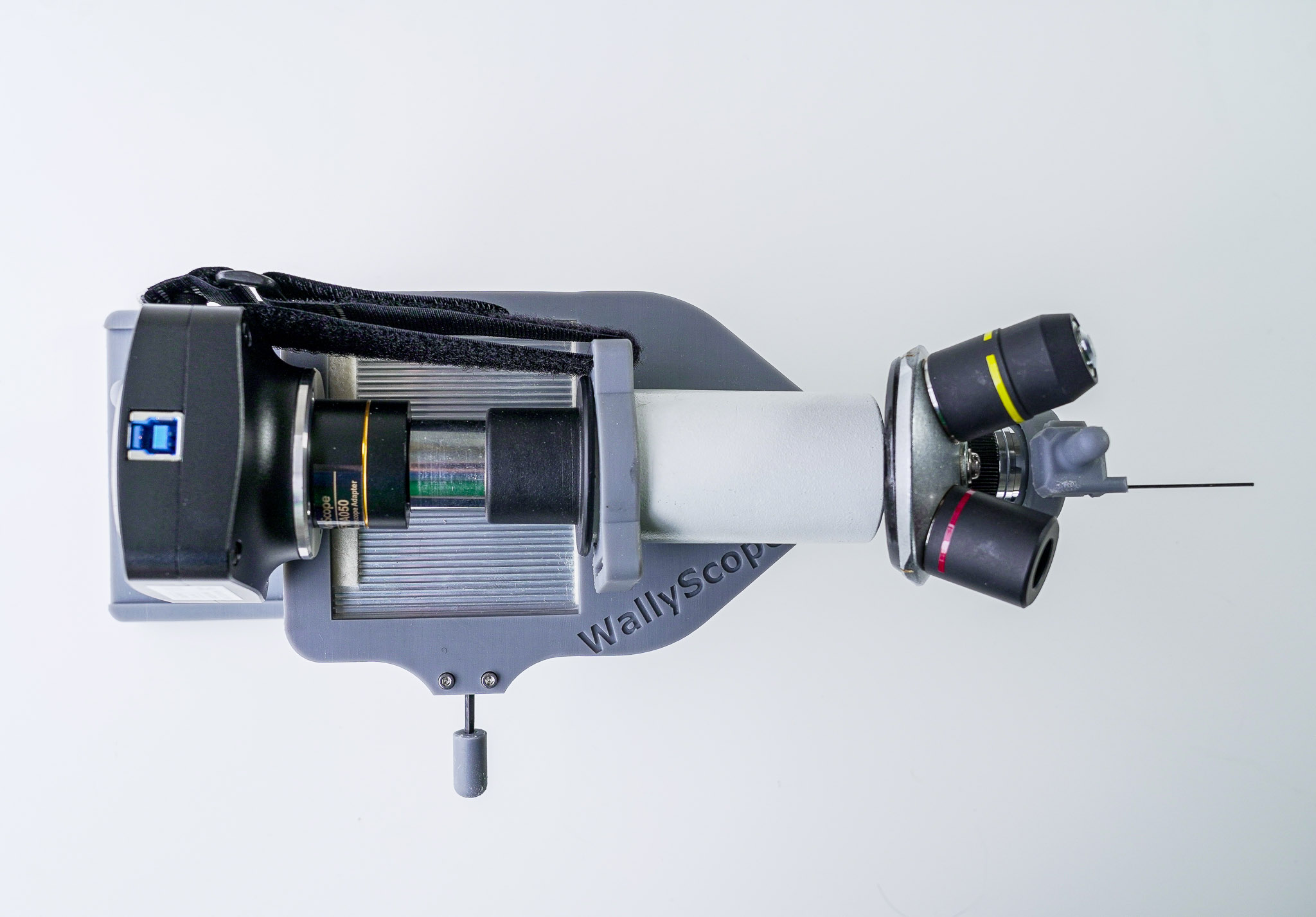JW (Jeff Wheaton): Greetings Mr. Boislclair, CEO of WAM Engineering,
I first want to thank you on behalf of Secrets of Home Theatre and High Fidelity for your willingness to participate in this interview and share with us your expertise in the analog world. In addition, I want to personally thank you for all the work and time you dedicate to help keep analog alive, and more accurate for all of us analog fans.
JW: Can you give us a brief history of your early involvement in working with WAM Engineering for the past 30 years and the directions you have expanded the WAM Engineering interests in utilizing geometry, physics, and applied mathematics?
JRB (J.R. Boisclair): I met Wally Malewicz in the early 90s at a mutual audiophile friend’s place in Minneapolis. In Wally, I quickly understood I had found someone I could learn a great deal from. Though he was known for being THE expert in analog optimization at the time, he was also very knowledgeable in psychoacoustics, acoustical measurement, and speaker design. Though Wally was a wonderful engineer, he was not much of a businessman. He struggled to organize his business and its priorities. As a result, many of his creations never made it to the public. I was his production assistant for years, focusing on his electronic products. I’d make products for him, and he’d pay me in audio equipment. Of course, the knowledge he would pass to me was of great value. When he died in 2018, I had no intention of taking up his torch. One day when helping his son, Andrzej, manage Wally’s estate I mentioned to him that I knew what his dad did and left undone. I proposed that he be my partner in resuscitating WAM Engineering so we could sell a couple of WallyTrators and WallySkaters each year. As a very accomplished mechanical engineer in charge of a 200+ strong engineering department, Andrzej was in a fantastic position to help WAM mature into what it is now with access to materials scientists, cutting-edge laboratory equipment, and computational analysis experts. Neither of us imagined it would grow to what it has become now. We are the world’s leader in pushing analog optimization and performance to higher levels. Manufacturers frequently call on us for advice and feedback. It has been a great deal of fun and is actually quite humbling because the more we learn about the relationship of the stylus with the groove, the more we realize we don’t know!
JW: WAM Engineering is now offering a diversity of tools to optimize viny playback. Can you first discuss the Kuzma Tonearm Pre-Mount Service?
JRB: While growing WallyTools as a product-centered business is certainly central to what we do, the service side has grown to be an even larger side of our business. The heart of our service side is our cartridge analysis. In the lab, we analyze clients’ cartridges for the four angles (SRA, VTA, azimuth, and zenith error) and provide the pathway to being able to hit all four of them. We maintain a database of the several hundred cartridges analyzed to date. The vast majority of cartridges require more angular correction than tonearms will allow by adjusting the height of the arm alone (and you wouldn’t want to do so if you could because you upset too many vector forces in doing so). This is where the corrective shim that we make for each cartridge comes into play. Since the average VTA correction is off 9 degrees to the ideal, I can safely say that almost no one has heard how good their cartridge can sound. I hear the same comments from analysis clients all the time: “I never heard my cartridge sound anywhere this good!” and so on. The Kuzma Pre-mount service takes the analysis to the next level. If you send me your Kuzma headshell, I will mount the cartridge to your headshell with the corrective shim so that all four angles are set perfectly. Once you prepare your tonearm in advance with the WallyReference and WallySkater, it’s just a matter of inserting it into the arm wand, taking VTF reading and playing records. Dead easy!
JW: I have listened to many of your lectures on analog playback, setting up a turntable, phono cartridge alignment, anti-skate settings, and more. I have found your lectures to be very exact, precise, and informative. Following your instructions has dramatically improved my own phono playback performance. The Wally Tractor, and WallySkater have been very valuable tools. However, you have other tools now for analog users. There is the WallySkater Pro, WallyReference, WallyFulcrum, WallyZenith, and WallyScope. Can you describe these tools and what they offer the analog user, and who should be using them?
JRB: The WallyTractor and WallySkater are the two basic and essential tools. I think the WallySkater is the most important of all of the tools. Why? Because most of all obvious problems we hear from vinyl playback are caused by out-of-control horizontal torque forces and/or high static friction in the tonearm. It is a common misunderstanding that the cartridge is to blame for sibilance and mistracing. That is almost never actually the case! The tonearm is usually always to blame, but no one measures it unless they use a WallySkater. Besides the VTF scale, it is the other absolute necessity in vinyl playback, in my opinion. Many people who are otherwise very satisfied with their sound are often shocked at how much better it can sound when the WallySkater is employed to offer a symmetrical compression force on the poor, neglected cartridge damper. The WallyReference, WallyZenith and WallyScope are for more advanced users. When people call me with an interest to buy the WallyScope, I generally try to talk them out of it because for 1/3 the price they can send the cartridge to me and we will know more about the cartridge in terms of optimal setup than anyone else in the world can tell them about that same cartridge INCLUDING the cartridge manufacturers themselves – but that is another story altogether which I am fully prepared to substantiate.
Secrets Sponsor
JW: What are the most common mistakes you see people make setting up their own turntable and cartridge?
JRB: Neglecting the arm’s influence on the cartridge damper behavior is number one in terms of impact on that list. The WallySkater will teach even the most seasoned and disciplined enthusiasts a great deal in this regard. Neglecting the fact that our turntables can resolve stylus perturbations down to the low nanometer level and the very significant implications that arise due to that fact is also a big one. That is a few articles or videos series right there! But perhaps the most common mistake is ascribing what we hear to the wrong thing. For example, while raising/lowering the tonearm will impact SRA and VTA (two VERY different things which respond to the opposite modulation axis!) what we hear and can measure from making such a change to the tonearm is dominated by the impact of multiple vector forces in the record surface/tonearm/cartridge union, NOT by SRA and VTA at all. If you spend your time raising and lowering the arm to hear the impact of changing SRA and VTA, you’ll never hear the impact of changing SRA and VTA. They need to be affected at the headshell, not by changing arm height. It’s fruitless to try impacting them at the tonearm pivot anyway since the average tonearm will offer no more than +/-1.5 degrees of freedom and the average VTA is 9 degrees as mentioned earlier while the average SRA correction is about 3.5 degrees. That is only one example of ascribing what you hear to the wrong parameter. It’s like saying, “My tonearm sounds worse with anti-skating added.” Well, you are probably right but what was the horizontal torque on your arm BEFORE you added anti-skate to it? This claim is a common one. Oh, by the way, if it applies to you, your cantilever is most surely out of alignment! Watch our videos and read our blog to hear more about others. Another point of contention is the belief that our cartridge/tonearm resonance should not go below 8Hz. I reject this wholly and completely for cartridges like those we play with. If you use high-compliance cartridges, it makes sense. For our racecar cartridges with a fine, tight suspension? No way. We are giving up an opportunity to get more from the groove. However, there are some important provisos to my position such as we cannot tolerate radial warps because the angle of attack of such warps (not their frequency) can be a problem, but we don’t have to live with them any longer, do we? Vacuum hold-down, edge clamps, and the excellent record flatteners on the market make this possible. The whole tonearm/cartridge resonance picture needs a total revamp. If you are still using the lookup tables it is likely you don’t have the right information. Better to use a test record (and I HATE test records!) to know your system resonance.
JW: Can you discuss the stylus/Cantilever Microscopic Analysis & Correction, and shims service?
JRB: I analyze your specific cartridge for deviation from optimal for SRA, VTA, Azimuth and zenith error. I ensure the coil and magnet assembly is functioning to manufacturer standards and then create a corrective shim out of one of two materials to easily hit your optimal azimuth, SRA, and VTA angles. If you have a zenith error worth correcting (more than 82% of cartridges do!) then you can use WallyZenith to correct for it. I love hearing from clients when they hear the difference between what they THINK their cartridge sounds like and what it can really sound like once optimized. We have done a video on how to install an analyzed cartridge for those who wish to know more about the process. We take 7-10 days to do our work, but we can do rush jobs if needed. I warn everyone who sends their cartridges to me that 1 out of 8 cartridges do NOT meet manufacturer standards. So far, all manufacturers and distributors have been very good about honoring returns/repairs. I do not need people to break in their cartridges first, but I do appreciate it if they know what they are buying from me and know what it sounds like set up any other way versus setup OPTIMALLY. By the way, if you care to know how we can know what “optimal” even is, watch our video series on the 7 Alignment Targets of Analog Setup Optimization.
JW: WAM Engineering LLC has also been expanding custom services with international service and setting up not only exotic turntables and cartridges, but entire systems. Some of these involves bass array systems to correct the suck-outs, peaks, and reflections. Can you elaborate on this?
JRB: Oh my, not in 500 words or less! Let’s just say that with the listening environments we use and in the modal region of acoustics the best designs of the speaker/subwoofer manufacturer are totally and completely dwarfed by the room’s influence. For example, I’ve gotten the -3dB point to 16Hz in a room with four subwoofers that were quasi anechoic rated only down to 28Hz. That’s almost a full octave below rated! As a result, I’m subwoofer agnostic as long as we can move enough air for the volume of the room. We need to understand that propagating bass into a room symmetrically ensures the same room modes will be exacerbated. This is NOT good! It means to avoid perturbing identical room modes from each propagation point, we’d do best with many multiples of such points and asymmetrically distribute them around the room. (I know what you may be thinking, and my response is: time alignment at frequencies with wavelengths greater than the distance from main speakers to ears are never time aligned anyway.) Then, when each sub is individually tailored for crossover point, gain, continuous phase, and sometimes even slope, we get a very complex mix of bass summation and cancellation from all four (minimum) propagation points that result in +/-2.5dB flat bass down to 20Hz or lower with (even more importantly) a -30dB decay time of less than 350ms all the way down to 20hz. That is VERY fast bass decay and serves to often enormously expand the soundstage, and improve instrument separation, overall midrange, and high-frequency clarity but with bass fast, tight, and very, very, very low. It takes a full day to put in one of these systems with my electroacoustic equipment, but I’d put this method up against an unlimited budget for any two subwoofers or subwoofer towers you can put together.
JW: Vinyl for 2022 was up 2.9%, and last year, 2023, up a whopping 11.7%, with 5.9 million units sold, according to musicweek.com stats. Taylor Swift led the way with 78,767 sales of “Taylors Version” followed by The Rolling Stone’s “Hackney Diamonds” and some independent labels making it into the vinyl market. For 2023, even the vintage Fleetwood Mac “Rumors” was in the top 10 for sales for the eighth time. Are we seeing yet another vinyl revival occurring? And if so, why, with all the advances in digital technology, does analog seem to have yet another chapter to add?
JRB: I have no crystal ball nor wisdom here. I imagine the surge is a mix of people starting to appreciate how good vinyl CAN satisfy and then a certain population exhibiting sheep-like behavior by just getting on a current trend. What is the balance between them? No idea. I am happy to be thankful for it and not worry.
JW: For a novice audiophile wanting to assemble a vinyl playback, what are a few of the turntables you see as good options, as well as a cartridge for under $2,000.00, or does one have to go north of this sum to get good analog performance?
JRB: Oh man! I really do wish I could help here. I am totally and completely spoiled as I get to play with the high end so I’ve not much to add to this conversation. I will soon start doing a series of videos on the mechanical properties of what makes a great tonearm and turntable. If you watch and listen to those characteristics, they might help people in their decision-making process.
JW: What are the 5 questions you wished I asked, but did not?
JRB: WHAT WILL THE NEXT FIVE YEARS OF ANALOG BRING US? For the most part, I think tonearms are poorly designed for the job they do. There is a real failure to think SMALL enough. I have reason to believe we will see some designers waking up to managing vector forces better and paying better attention to classical physics. Right now, there is much attention on materials science and computational analysis while many of the basics are ignored which will only give us more of the fancy mediocre variety of products.
Secrets Sponsor
Additionally, the integral diamond stylus cantilever assembly from Orbray (formerly Namiki) is a true wonder. I have blind tested two cartridges that were identical in all mechanical respects other than a single glue joint – that of the stylus to the cantilever – and the sonic benefits of getting rid of that one joint was absolutely unmistakable. It was not subtle. It is a VERY expensive part, but it is my hope that with enough volume and interest we can get the cost down for the broader market.
JW: What are your top 5 favorite vinyl records for evaluating sonic and musical integrity?
JRB: The Royal Ballet. That’s my desert island record. Full stop. I might use some other tracks with more sharp transient behavior to them like a Steely Dan record or one of the Pablo record series for jazz (love them!). If you force me to name five, I won’t stop so I’ll stop here.
JW: I want to again thank you for sharing these wonderful insights in the wonderful and challenging analog world which helps each of us optimize our musical experience.


